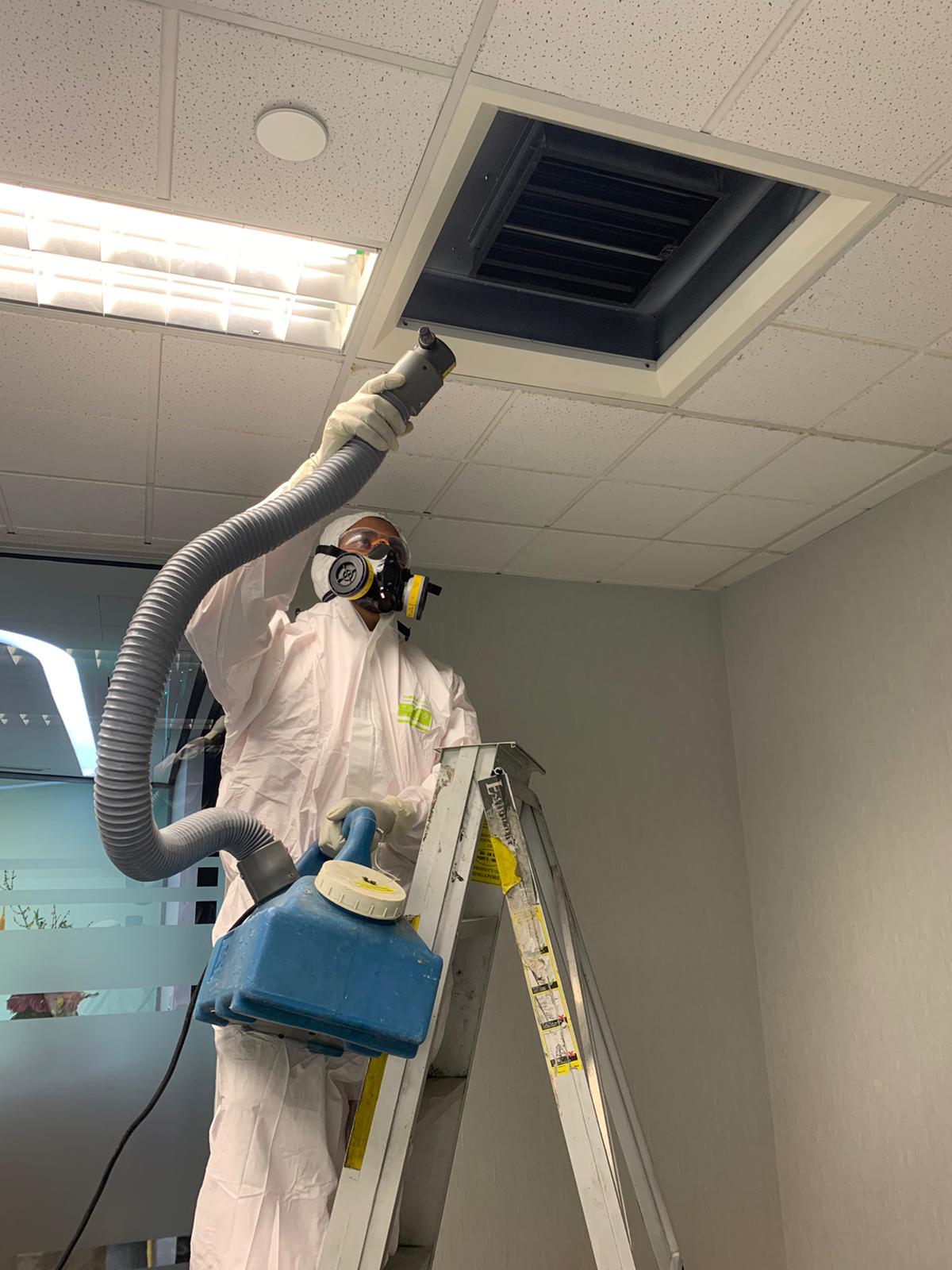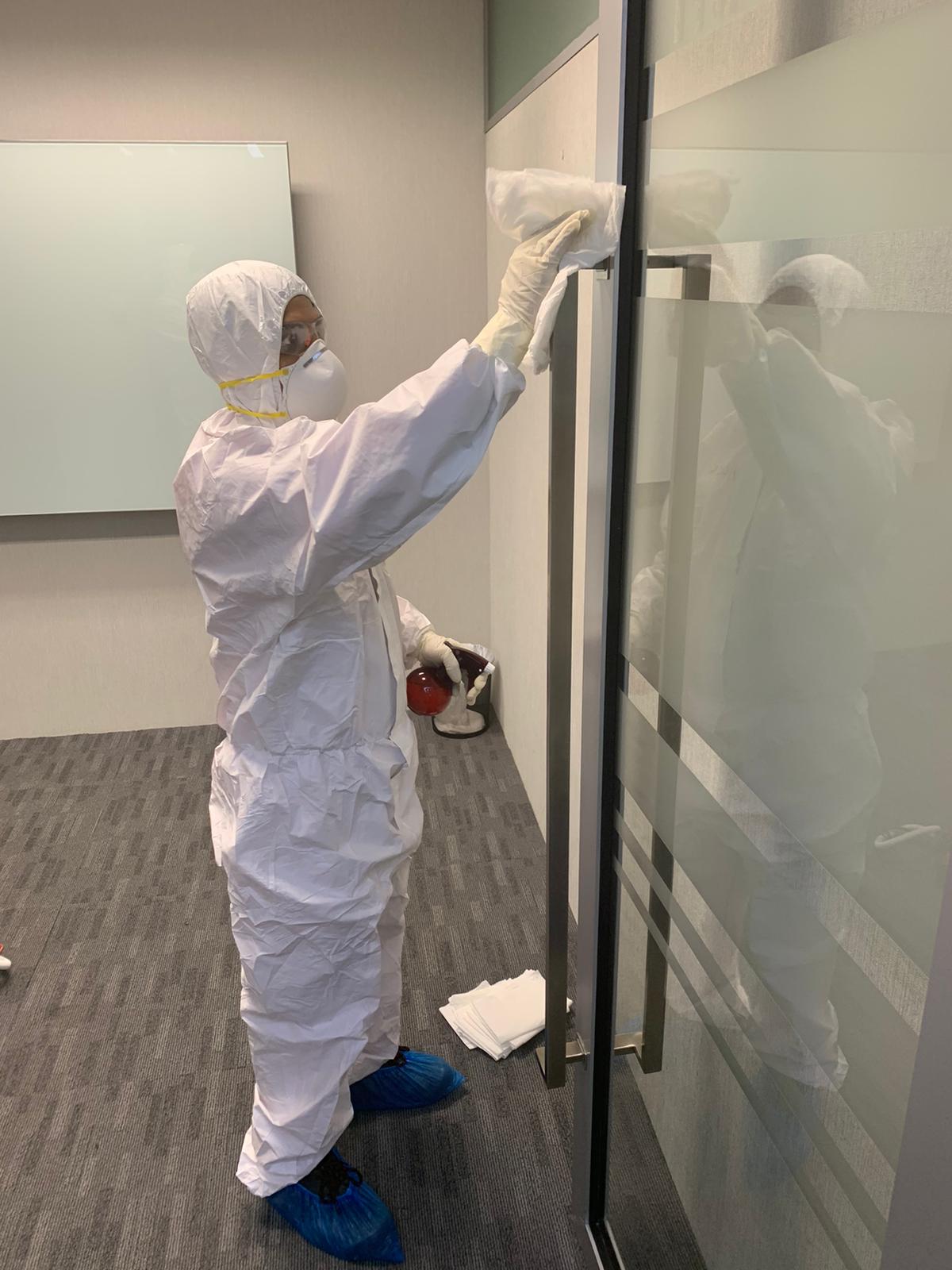
With the latest outbreak of human infection from COVID-19 Coronavirus affecting hundreds of people in the area of Wuhan, China at the beginning of 2020, several different discussions and precautions have been carried out worldwide to help contain and control the spread of the disease across the globe. While government and health agencies struggle to control the situation at a global scale, they invite the general population to increase their precaution and carry out simple sanitation measures to avoid contamination.
What is COVID-19 Coronavirus?
Coronaviruses (CoV) are a group of viruses that affect humans, causing a range of different symptoms from the common cold to Middle East Respiratory Syndrome (MERS-CoV) and Severe Acute Respiratory Syndrome (SARS-CoV). These viruses are particularly dangerous because they can be carried and transmitted between different species, which increases their potential of spreading out to a global scale.
For the latest outbreak, a new type of coronavirus seemed to have been transmitted from bats in local markets in southern China. The COVID-19 Coronavirus has now been confirmed in Thailand, Japan, South Korea, Taiwan, Hong Kong, Macau, USA, Germany, France, and Singapore, with numbers increasing.
What are the Symptoms of COVID-19 Coronavirus?
The COVID-19 Coronavirus affects human bodies similar to the common flu or other respiratory illnesses, presenting coughing, sneezing, and difficulties breathing. In more severe cases, individuals might develop pneumonia, severe acute respiratory syndrome, kidney failure, and, eventually, death. By the end of January, over 300 cases of death by COVID-19 Coronavirus had been confirmed, and a new 14000 infections were also reported.
The Ministry of Health (MOH) is considering the risk of contamination if you have been in close contact, within 2 m, and for a prolonged period of time, at least 30 minutes with a contaminated individual. In cases where flu-like symptoms are presented after contact with a suspected contaminated person, you must seek medical assistance immediately.
See Big Red in Action: Bio Decontamination During SARS in Singapore
Sizes of Airborne Particles

COVID-19 Coronavirus
0.125µm

Small Bacteria
0.3-30µm

Mold Spore
10-30µm

Haze Particles
< 2.5µm

Pollen
10-100µm

Dust in Rooms
1-100µm
How to Prevent Infection?
It is essential to avoid specific areas where a high incidence of the virus is reported. As it transmits through surface and air, it is necessary to keep your respiratory system clean and free of contamination. Standard measures to prevent contamination are:
- Wash your hands for at least 20 seconds using alcohol-based hand sanitizer with at least 60% alcohol. Wash your hands regularly, especially when in contact with surfaces in public spaces.
- If you touch surfaces, ATMs, elevator buttons, bars, benches, and supports in the streets, avoid touching your eyes, nose, and mouth. The virus spreads through contact with mucosa and will enter your organisms through these specific areas.
- Cover your nose and mouth with a tissue when coughing, disposing of it immediately. Please pay close attention to individuals around you in case they present persistent coughing as well.
- Clean and disinfect surfaces that have been touched by several individuals frequently. With the increase odds of cross-contamination, it is highly relevant to keep surfaces and objects free of the virus.
- Avoid close contact with individuals that are confirmedly sick or that present flu-like symptoms still not yet associated with COVID-19 Coronavirus.
- Avoid social contact if you feel mild symptoms of a cold or have any case of low immunity. In case your symptoms are more severe, seek medical assistance immediately.
- Avoid traveling overseas to high-risk countries.
What is Environmental Disinfection? Why is it Important?
One of the most common routes of contamination of the COVID-19 Coronavirus is through contact with contaminated surfaces. In other words, the virus can fixate itself on various surfaces and remain latent until in touch with the human body. Some viruses are known for surviving over 30 months on dry surfaces.
By touching contaminated surfaces and posteriorly touching eyes, mouth, and nose, individuals manually bring the virus into their mucosa, where it then infiltrates the organism. Therefore, keeping surfaces clean and adequately disinfected is of crucial importance to patient’s safety and sanitation of office spaces and common areas.
Moreover, the process of environmental disinfection involves procedures of cleaning and disinfection, which should be carried out by trained professionals. In cases where the population might be at risk of outspread contamination, it is essential that the personnel dealing with this potential hazard have the proper training to avoid further spread of the virus and cross-contamination.
More importantly, the disinfection of contaminated surfaces also requires handling of potent chemicals, since detergent cleaning is known for not eliminating microbial contamination, and even potentially spreading the contamination from one surface to the next. Therefore, it is of importance to accurately assess the area and allow for proper personnel to handle the cleaning procedure. These can involve the use of hydrogen peroxides and chlorine-containing agents with quaternary ammonium compounds formulations that should be treated adequately and with proper training.
High-risk environments such as hospitals, schools, office buildings, and other areas with high circulation should be submitted to environmental disinfection. The appropriate steps for cleaning the area should be followed according to the Infection Prevention and Control Practice Handbook, making use of personal protective equipment and following protocol. Finally, all public spaces at potential risk of contamination should be disinfected with professional procedures to help suppress the outspread of the COVID-19 Coronavirus.
What are the Risks of DIY Cleaning Procedures?
Hospital staff and professional cleaners are equipped with personal protective equipment (PPE) that protect them from getting infected with the virus and from direct contact with the cleaning products used. In do it yourself (DIY) procedures, these materials are absent or of inferior quality and might increase the chances of contamination for the person carrying out the procedure.
Moreover, because the COVID-19 Coronavirus is still not fully understood, there is a chance that it might benefit from incorrect cleaning procedures and spread-out even further. For example, cleaning with the incorrect use of swipes could, in fact, spread the virus to different surfaces, increasing its contamination rate.
Learn more: COVID-19 Coronavirus – Fighting the Virus Outbreak
What is the PPE Required for Professional Environmental Disinfection?
All professional cleaning staff addressing to disinfection of spaces in the potential risk of coronavirus infections are required to use:
- N-95 respirator or high-level respiratory protection
- Eye protection or face shield
- Disposable gown and gloves
- Shoe covers
- Surgical masks
People also ask
- What is the source of COVID-19 Coronavirus?

- What are the symptoms of COVID-19 Coronavirus infection?

- Where has COVID-19 Coronavirus been confirmed?

- Is there a treatment for COVID-19 Coronavirus?

- Should I be wearing a protection mask?

- Why do healthcare professionals and cleaning staff wear masks and goggles?

- How long is the incubation period for COVID-19 Coronavirus?

- Should I be put on a leave of absence?

- Is there a cure or a vaccine for COVID-19 Coronavirus?



